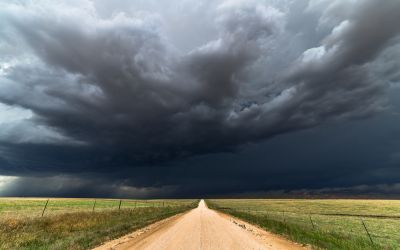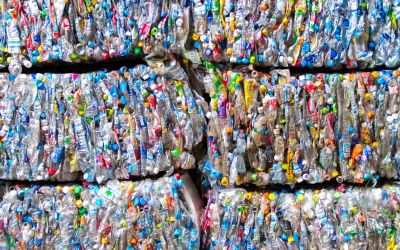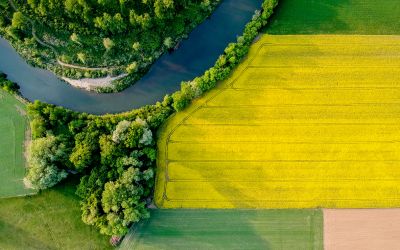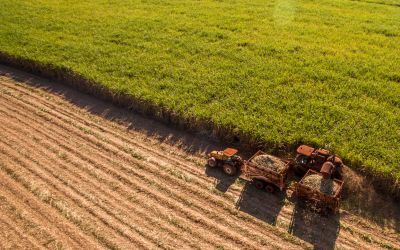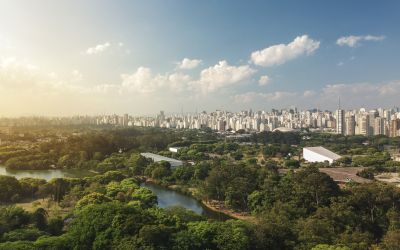Atacama Desert location for solar irrigated fruit
A major Chilean producer of fresh fruit is using a German renewable energy company to help irrigate its oasis in the Atacama Desert.
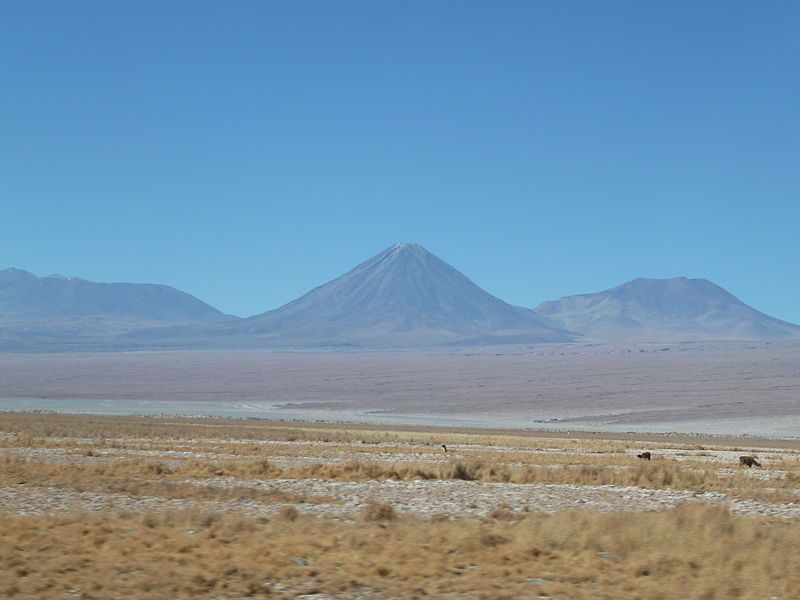
A major Chilean producer of fresh fruit is using a German renewable energy company to help irrigate its oasis in the Atacama Desert. The region is one of the driest places on Earth, but the company Subsole has found a way to produce fruit in the region, by using solar company Kraftwerk to power a water pumping system.
The water is extracted from deep underground and pumped to the surface using solar energy. The result is an oasis in the desert, with water being pumped up during the day and then irrigated during the evening or night.
Chile is not a hotbed for renewable energy; only 4 per cent of its energy needs are met with renewables. The government however, see hydroelectric energy as the future, and caused outrage last year when it announced it wanted to create five new dams in unspoilt regions of Patagonia. Yet energy sources need to be found as there is an explosion in mining in the country.
Gabriel Rodriguez, director of energy, science, technology and innovation at Chile's Ministry of Foreign Affairs says, "We need to double our electricity-supply capacity over the next 10 years. We depend mostly on hydroelectricity, which is not easy because of some environmental impacts, and the rest - coal, gas, oil - we need to import. So it is essential for our own security of supply to develop renewable energy."
To that end, the government has a target of 20 per cent renewables in their energy mix by 2020. With only eight years to go, that is a huge endeavor. Much of that new capacity could be provided by solar energy; The Atacama region is perfect in that it experiences some of the greatest amounts of sunshine hours in the world.
"It is quite ambitious, but out of all the countries in Latin America, I think that one nation that would be able to meet such a target would be Chile," Rodriguez adds. Chile has been the fastest growing economy in South America for the last 20 years, so it is perhaps unsurprising he would say this. The cost of solar is of course decreasing as well, so it is not inconceivable that this country could pave the way for renewables in the Latin American region.
For companies like Kraftwerk, projects like this are likely to be just the beginning; they will hope to get a cut of the business as the industry expands. Is farming in the Atacama sustainable however? Groundwater extraction, whether by renewable or non-renewable energy means, is a tricky subject. On a small scale such as this, it is unlikely to have a significant impact on the region. One could look to the Sahara for an example of unsustainable extraction however.
Libya has constructed an extensive abstraction program to supply the northern cities, but this water could run out within a century, leaving the vast southern aquifers dry. This could take with it oases and towns reliant on groundwater in the southern region, not to mention remove a vast resource, which would not be replenished.

